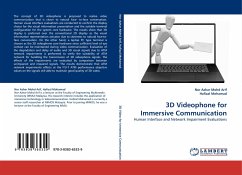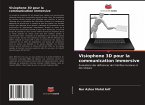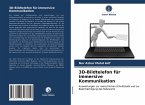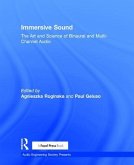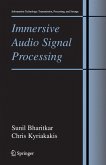The concept of 3D videophone is proposed to realise video communication that is closer to natural face- to-face conversation. Human visual interface evaluations are conducted to confirm the display choice for the visual information presentation and the suitable terminal configuration for the system core hardware. The results show that 3D display is preferred over the conventional 2D display as the visual information representation actuator due to closeness to natural face-to-face conversation. On the other hand, a laptop PC type terminal is chosen as the 3D videophone core hardware since sufficient level of eye contact can be maintained during video communication. Evaluation of the degradation and delay of audio and 3D visual signals due to ATM network impairments is performed to verify the suitability of ATM network for handling the transmission of 3D videophone signals. The effects of the impairments are evaluated by comparison between unimpaired and impaired signals. The results demonstrate that ATM network impairments effects at the ITU-T ATM performance objective values on the signals still able to maintain good quality of 3D video.
